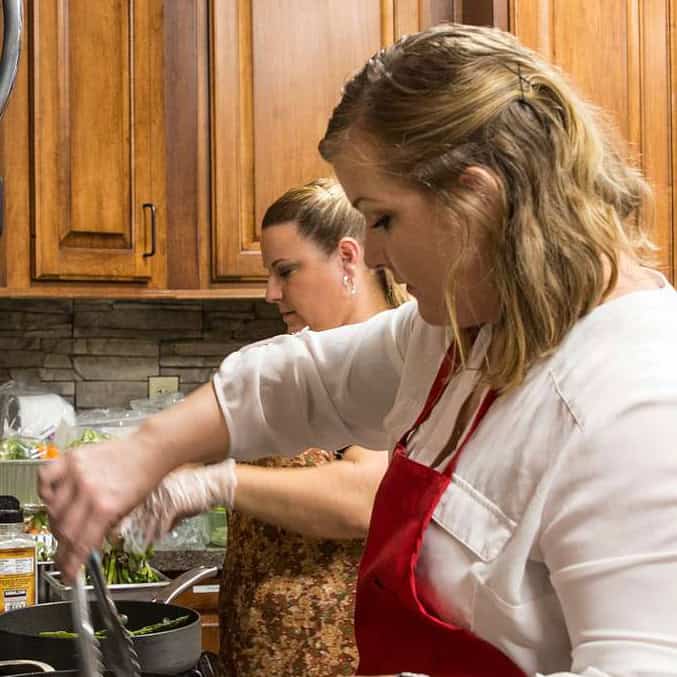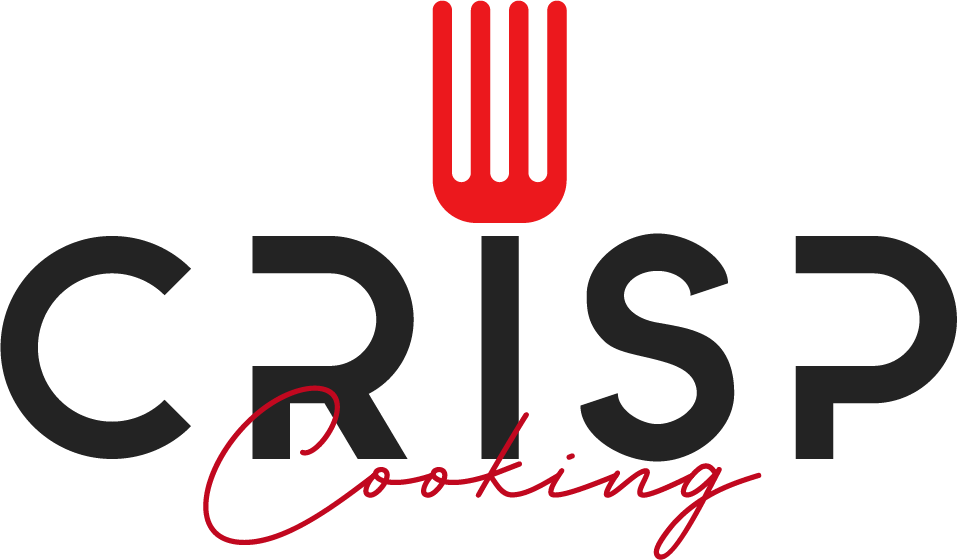Well, you’ve done it. You’re living on your own, making your way, and striking out into the great unknown of your future. This is an exciting time of life, and you should enjoy every moment of it – including those moments you’ll spend in the kitchen. You may not have the money or space to go all out master chef, but there are some basic tools everyone should own in order to make healthy, delicious meals for themselves and all the amazing new friends you’ll meet along your way.
Knives
Let’s just cut to the chase: knives are an important part of any cook’s toolbox. (Just consider how many cooking shows on TV feature a knife in the logo and/or name!) Rather than rushing out and buying the first set you see, do a little bit of research first. Consider the kinds of foods you prepare most often and determine whether a specialty knife is worth the investment (or a spot on the holiday wish list). For example, if you never buy large loaves of bread, you probably don’t need a bread knife. If you’re a salad fiend, getting a knife that won’t bruise your greens might be a wise decision.
Take time to examine the quality of a knife and how well it is made. In particular, examine the hilt of the knife to see how well it is joined to the blade and the quality of the materials. You don’t want to buy something on the cheap, only to have the handle break while you’re chopping up carrots one night. When in doubt, check online reviews and websites offering tips on buying knives.
Cutting Board
Now that you have your knives, you can’t just go around trying to chop up food on your countertop. Cutting boards come in all shapes, sizes, and materials. If you can afford two, buy a small board you can use for cutting up fruits or blocks of cheese and a large board you can use for slicing meats or large vegetables like spaghetti squash. Plastic boards are relatively inexpensive, and you can throw them into the dishwasher, so that may be a good bet for your small board. For the large board, invest in a heavy wooden one, preferably with a non-skid material on the bottom. If you plan on carving meat, buy a board with a channel that runs around the edges – that way you won’t get juices all over your countertop or floor.
Spatula
Eggs, pancakes, ground beef – what can’t a spatula help you make? (Ok, it doesn’t help much with apple pie, you’re right.) Spatulas are typically made of two materials: stainless steel and silicon. Starting out, just get yourself a good quality silicon spatula. They’re safe on non-stick cookware and have high heat resistance. As with knives, it’s worth your time to inspect the handle and how well it joins with the flat part used for flipping food.
Mixing Spoon
If you’re cooking, you’re mixing too. Yes, you can use a spatula to stir some kinds of food, but it only takes a hot second to picture yourself stirring a pot of mac and cheese with a spatula to realize you need to get yourself a nice, big cooking spoon too. Here again, your first choice is to decide on the material of your spoon. You can go with stainless steel, silicon, or wood. Stainless steel is not a good choice for non-stick, so this may not be a good choice until you’ve invested in all of your cookware. As with the spatula, silicon offers many benefits: soft enough not to scratch your pot but firm enough to scrape off bits of food. There’s something to be said for the durability and tradition of cooking with a wooden spoon though too. The handles of wooden spoons are comfortable to hold and don’t conduct heat, so they always stay cool – and look cool too.
Peeler
At some point, you need to eat your fruits and veggies. For many of these, you’ll need a peeler. There are two kinds of peelers: straight swivel peelers and Y-shaped peelers. Most casual cooks prefer the straight swivel peelers because they have really sturdy handles that make them easy to hold. As a bonus, their tips can be used to remove unseemly potato eyes or buds. As with the other cooking tools, you want to be sure you find one designed to be comfortable and stable in your hand.
Colander
This is an inexpensive but incredibly useful tool to keep in your kitchen. Not only can you use it for draining past, but you can also rinse off fruits and veggies in it. If storage space is a problem, look for one that can stack inside bowls or even collapse for easy storage.
Three Must-Have Tools for Kitchen 102
So you’ve been on your own for a while and have mastered the basic kitchen tools. Now what? Sharpen your next set of culinary skills using three more unique tools.
Herb Mincer
Fresh herbs can take your dishes to a whole new level of flavor. To make their preparation easier, use an herb mincer to cut basil, mint, rosemary (and more) into small pieces without ripping them up. If we may brag for a moment, our herb mincer even includes two herb-strippers to easily destem herbs like thyme and rosemary.
Zester
Isn’t the name “Zester” enough to make you smile? You can use this handy little gadget to add fresh citrus notes to any dish by using the zesting blades to grate small parts of citrus rinds onto your dishes while cooking. If you have a zester with channel tips(ahem, like ours), you can also make those beautiful ringlets of lemon rind that you see in all of the holiday cocktail pictures.
Melon Ballers
So you want to be a baller? We’ve got you covered. If you love fruits like strawberries or melon, melon ballers can save you a lot of cutting time with knives. If you buy a baller with a serrated edge, you can easily remove strawberry tops or hull tomatoes. Regular melon ballers allow you scoop out presentation-worthy balls of fruit for displays or gifts.

Hello, I am Cristy. I love cooking but what I love most is keeping my kitchen tools and appliances top notch. I enjoy writing about everything I have learned around the kitchen. I believe that keeping your kitchen tools well cleaned and maintained produces the best dishes and drinks. Besides writing and cooking I enjoy traveling, camping, hiking and music.
